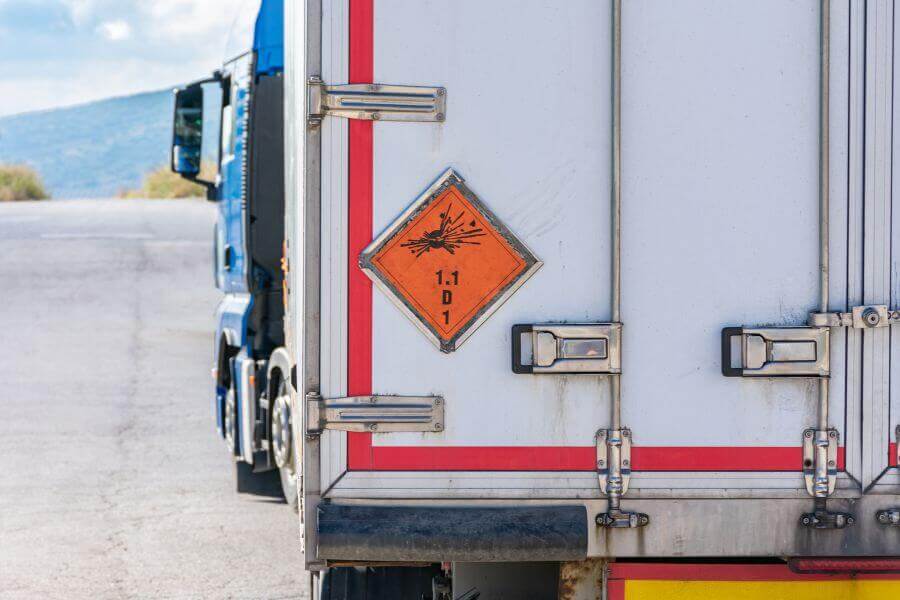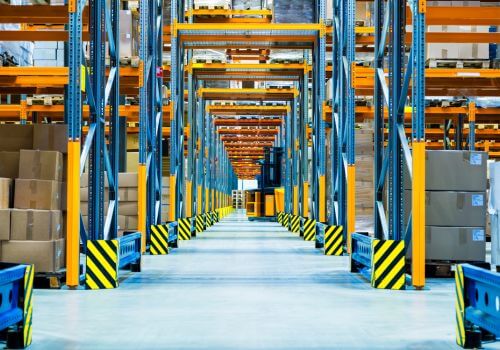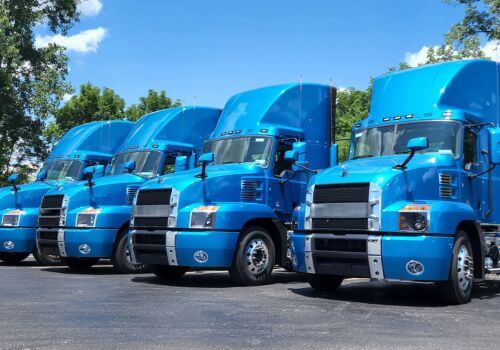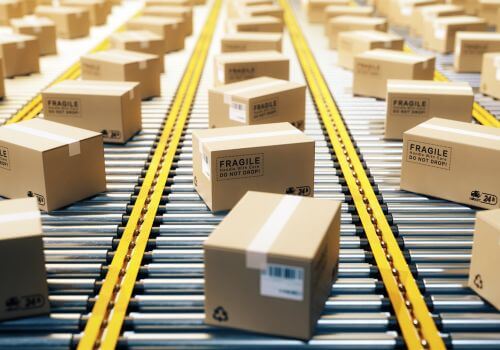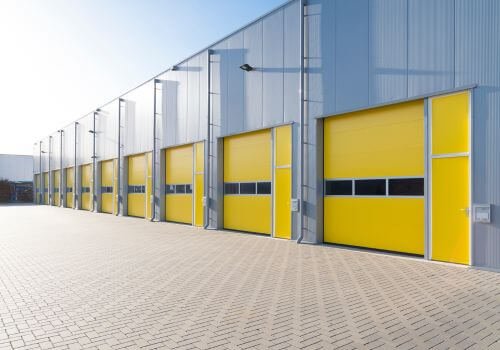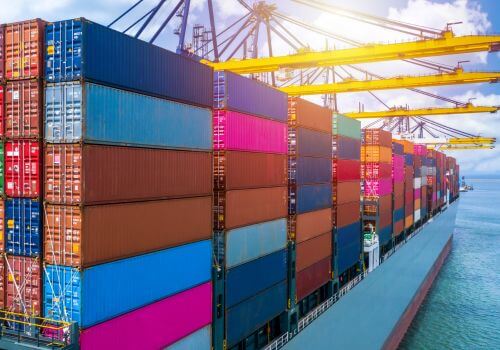In the world of logistics and transportation, HAZMAT is a term you’ll often encounter. But what exactly does it mean, and why is it so important? Let’s dive into the world of hazardous materials and explore their significance in the logistics industry.
What is HAZMAT (Hazardous Material)?
HAZMAT is short for “hazardous materials.” These are substances or materials that pose a risk to health, safety, property, or the environment during transportation. They can be in various forms – solids, liquids, or gases – and include a wide range of items from everyday products to industrial chemicals.
Some common examples of HAZMAT include:
- Gasoline and other flammable liquids
- Explosives and fireworks
- Toxic chemicals and pesticides
- Radioactive materials
- Compressed gases
- Lithium batteries
- Dry ice
Why is HAZMAT important in logistics?
Understanding HAZMAT is crucial in logistics for several reasons:
- Safety: Proper handling of hazardous materials prevents accidents that could harm people, damage property, or pollute the environment.
- Compliance: There are strict regulations governing the transport of HAZMAT. Failing to comply can result in hefty fines and legal consequences.
- Efficiency: Knowing how to handle HAZMAT correctly ensures smooth operations and prevents delays in the supply chain.
- Reputation: Companies that handle HAZMAT responsibly build trust with customers and partners.
Classification of HAZMATs
To manage the risks associated with HAZMAT, these materials are classified into different categories based on their properties and the type of hazard they pose. The United Nations has established a system of nine classes for hazardous materials:
- Explosives
- Gases
- Flammable liquids
- Flammable solids
- Oxidizing substances and organic peroxides
- Toxic and infectious substances
- Radioactive materials
- Corrosive substances
- Miscellaneous dangerous goods
Each class has specific handling requirements and safety precautions.
What are the regulations governing HAZMAT transportation?
The transportation of hazardous materials is heavily regulated to ensure safety. In the United States, the primary regulations are found in Title 49 of the Code of Federal Regulations (49 CFR), which is overseen by the Department of Transportation (DOT).
Key aspects of these regulations include:
- Proper classification and identification of hazardous materials
- Packaging requirements
- Labeling and marking of packages
- Documentation (shipping papers)
- Training for personnel handling HAZMAT
- Emergency response information
For international shipments, additional regulations may apply, such as the International Maritime Dangerous Goods (IMDG) Code for sea transport or the International Air Transport Association (IATA) Dangerous Goods Regulations for air transport.
What are the steps for shipping HAZMATs?
If you’re involved in shipping HAZMAT, here’s a general outline of the process:
- Identify the material: Determine if your product is considered hazardous according to regulations.
- Classify the material: Assign the correct hazard class and UN number.
- Choose appropriate packaging: Select packaging that meets regulatory requirements for the specific material.
- Mark and label the package: Apply all required hazard labels and markings.
- Prepare shipping papers: Complete the necessary documentation, including a detailed description of the hazardous materials.
- Train personnel: Ensure that all employees involved in HAZMAT shipping are properly trained.
- Plan for emergencies: Have procedures in place for potential incidents during transportation.
What are the challenges in HAZMAT logistics?
Handling hazardous materials presents several challenges:
- Complexity of regulations: HAZMAT regulations are extensive and can be difficult to navigate, especially for beginners.
- Variability between modes of transport: Requirements can differ depending on whether you’re shipping by road, rail, sea, or air.
- International differences: Regulations can vary between countries, adding complexity to international shipments.
- Packaging and containment: Ensuring that HAZMAT is properly contained to prevent leaks or spills during transport.
- Emergency response: Being prepared for potential incidents and knowing how to respond quickly and effectively.
- Cost: Compliance with HAZMAT regulations often involves additional expenses for special packaging, labeling, and training.
In summary, HAZMAT in logistics refers to hazardous materials that pose risks to health, safety, or the environment during transportation and require special handling, packaging, and safety precautions.

